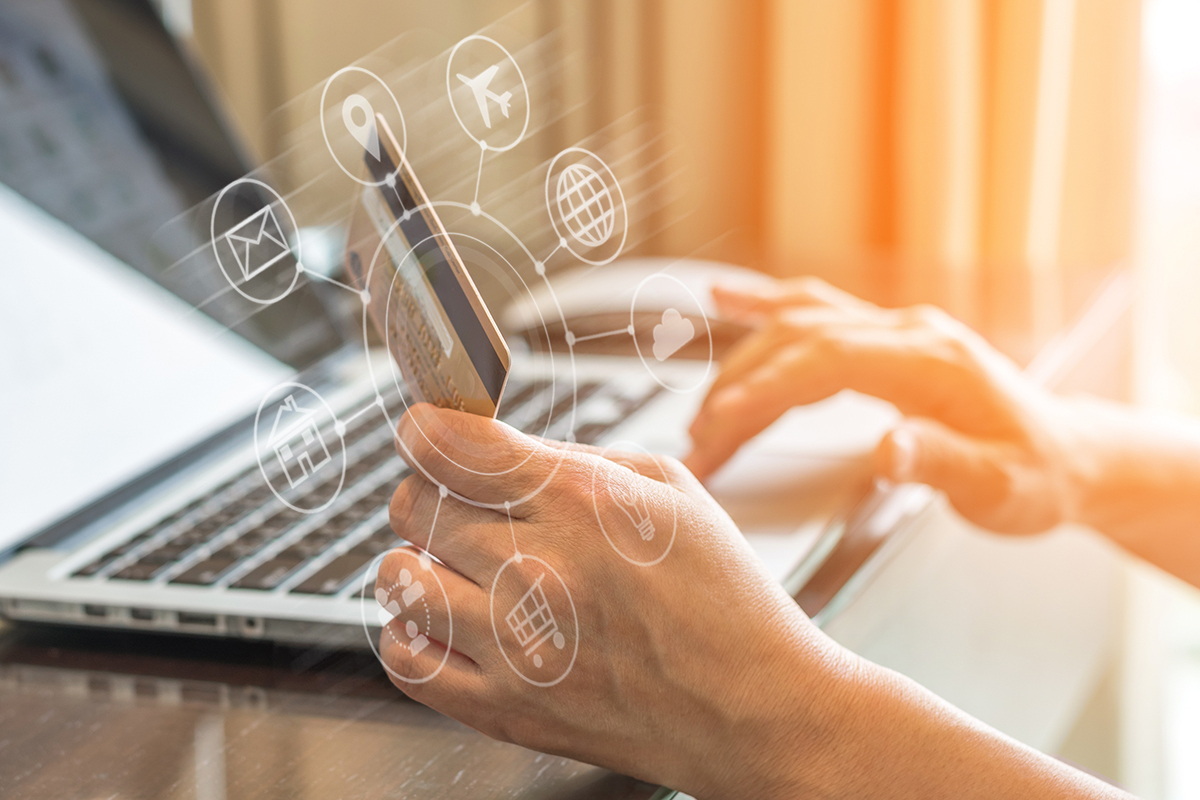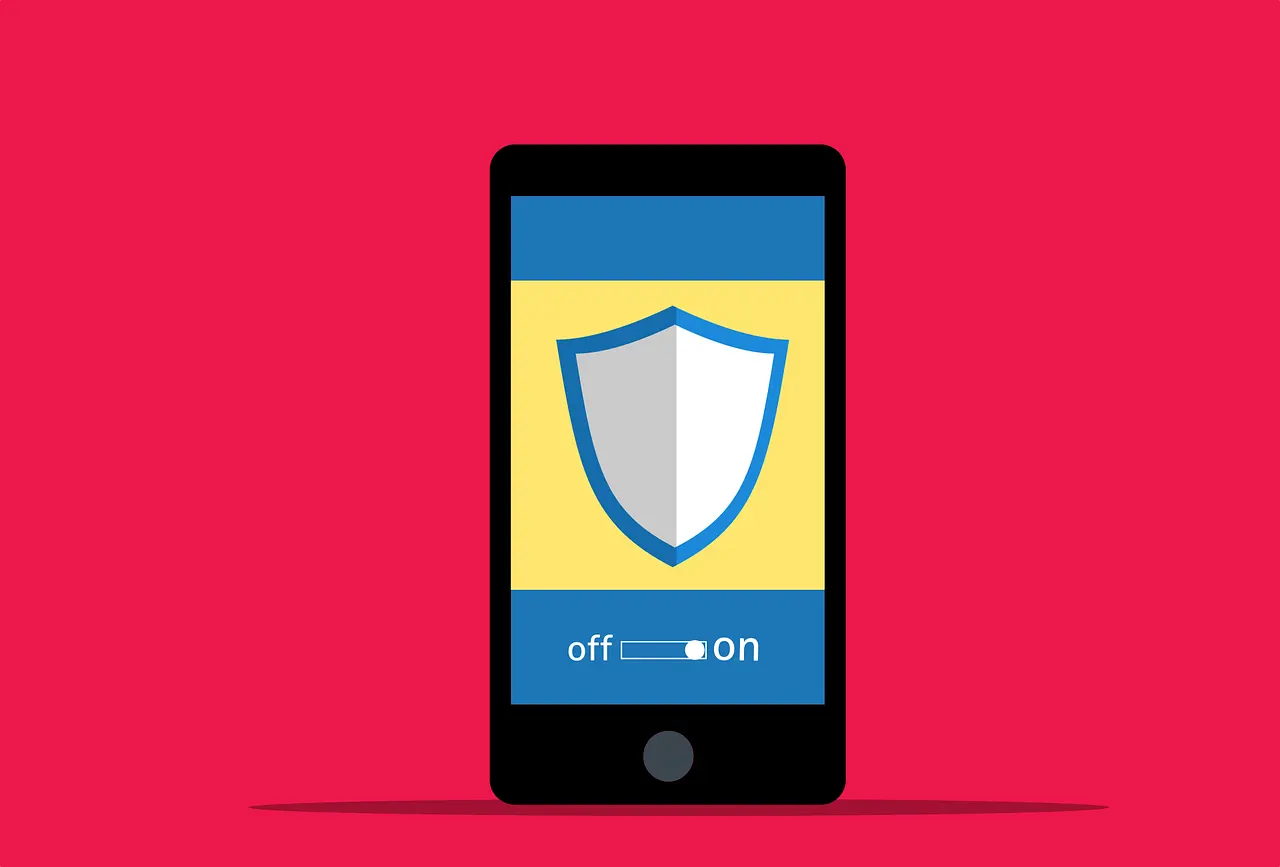What is Two Factor Authentication (2FA)?
What is Two Factor Authentication (2FA)?

What is 2FA?
Two-factor authentication (2FA) is a specific type of multi-factor authentication (MFA) that strengthens access security by utilizing two methods (also referred to as authentication factors) to cross-verify that a user's identity is what they claim. These factors generally include something you know (knowledge factors), like a username and password, in addition to something you have (possession factors), like a smartphone app or access to texts received at a phone number in order to approve authentication requests. Two-factor authentication bolsters security by making it far more difficult for hackers to gain access, with the benefit of protecting accounts even if their usernames and passwords have been stolen.
Two-Factor Authentication vs. MFA: What is the Difference?
The difference between 2FA (two-factor authentication) and MFA (multi-factor authentication) is that MFA uses two or more factors to verify your identity, while 2FA uses two factors. Businesses, banks and financial services, and high-security offices often utilize multi-factor authentication for employees, but 2FA is secure enough for most individuals to protect their online accounts.
How Does 2FA Work?
Two-factor authentication (2FA) protects sensitive data by verifying that the user trying to access said data is who they say they are. It’s an effective way to protect against a plethora of security threats that commonly target usernames and passwords, such as phishing and credential exploitation.
If a business uses solely a username and password to complete primary authentication, that information is sent over the internet or primary network. If a remote attacker is able to tap into your computer via your internet connection and knows what your password and username are, they can also retrieve your two-factor authentication code if it is delivered over this same channel. It's essential to use a different channel to complete your second factor —that’s why 2FA is sent over a different (out-of-band) channel for completion, such as sending a push notification over your mobile network. With 2FA, remote attackers would need to gain access to your physical device in order to pretend to be you and gain unauthorized access to your secure data.
Common Types of 2FA
Hardware Tokens
Hardware tokens are one of the oldest forms of 2FA. This method utilizes tokens, which are small pieces of hardware that produce a new numeric code every 30 seconds. To access their account, a user must enter the displayed 2FA code back into the website, or have the hardware token automatically transfer the code when plugged into the computer’s USB port. Unfortunately, this method is not entirely safe from being hacked.
SMS Text-Message and Voice-Based
SMS two-factor authentication is the most streamlined form of 2FA, as all the user needs is a mobile phone and a connection to a wireless network. After inputting their username and password, the website will send the user a unique one-time passcode (OTP) via text message to the mobile device that is registered with the account. Similar to the hardware token two-factor authentication process, the user will then need to enter the OTP in order to gain access.
Voice-based 2FA automatically dials a user's mobile phone number and verbally delivers the code. This method is less common than SMS but is still used in countries where smartphones are expensive, or where cell service is unreliable.
Software Tokens
One of the most popular forms of two-factor authentication uses a software-generated, time-based, one-time passcode (also called TOTP, or “soft token”).
A user must install a free 2FA app on their smartphone or desktop. With this two-factor authentication method, the user will first enter their username and password at sign-in, and then input the code that is shown on their app. The soft token is typically valid for under a minute, and the code is well-protected against hacker interception as it is generated and displayed on the same device.
Push Notifications
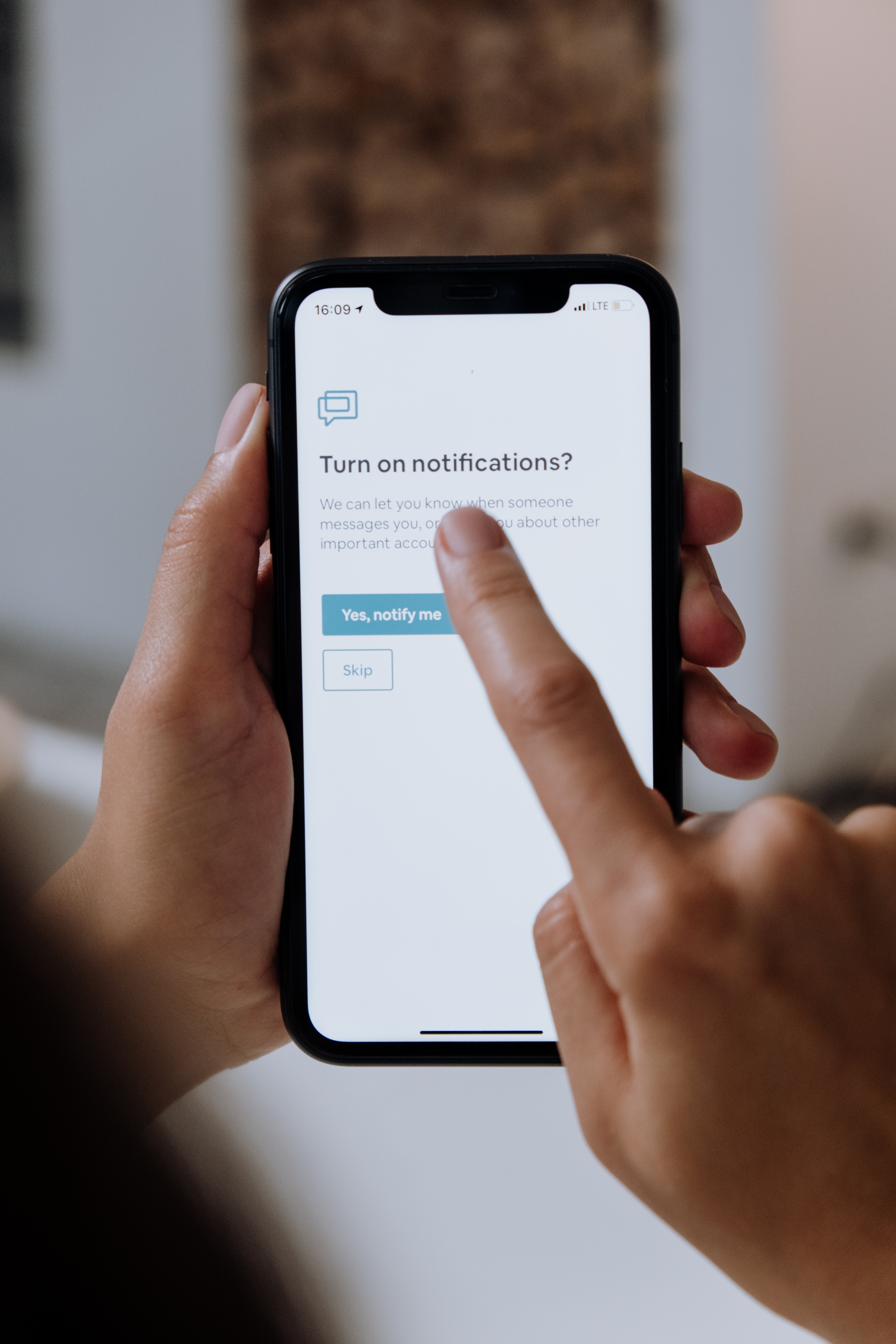
Websites and apps can utilize push notification 2FA to send a user a notification that an authentication attempt is actively taking place. The device owner will then view the details of the attempt, and approve or deny access quickly and easily. Push notifications provide a more user-friendly, more secure form of security, and eliminate opportunities for cyber-attacks through their direct and secure connection between the retailer, the 2FA service, and the device.
Other Forms of 2FA
Biometric 2FA (in which the user acts as the token) is in development, and other innovations include authentication through fingerprints, retina scanning, and facial recognition. More unlikely and unique authentication methods are also being explored, including pulse and vocal prints!
Why Do We Need Two-Factor Authentication (2FA)?
Today, more than ever, tighter online security is crucial. Consumers need to protect their accounts and data with something that’s stronger than just a password —and that’s where two-factor authentication’s plethora of security benefits save the day.
The rise in cybercrime requires stronger security with 2FA. But what is two-factor authentication protecting against? In recent years, there has been a massive increase in the number of websites experiencing cybercrime resulting in the loss of personal data and accounts belonging to their users. As cybercrime gets increasingly sophisticated, older, outdated security systems are no match for these modern threats —all types of organizations have fallen victim including global companies, small businesses, start-ups, and even non-profits. The financial and reputational loss associated with cybercrime can be catastrophic for businesses and consumers, and the effects of targeted hacking or identity theft can be devastating.
Is 2FA Actually Secure?
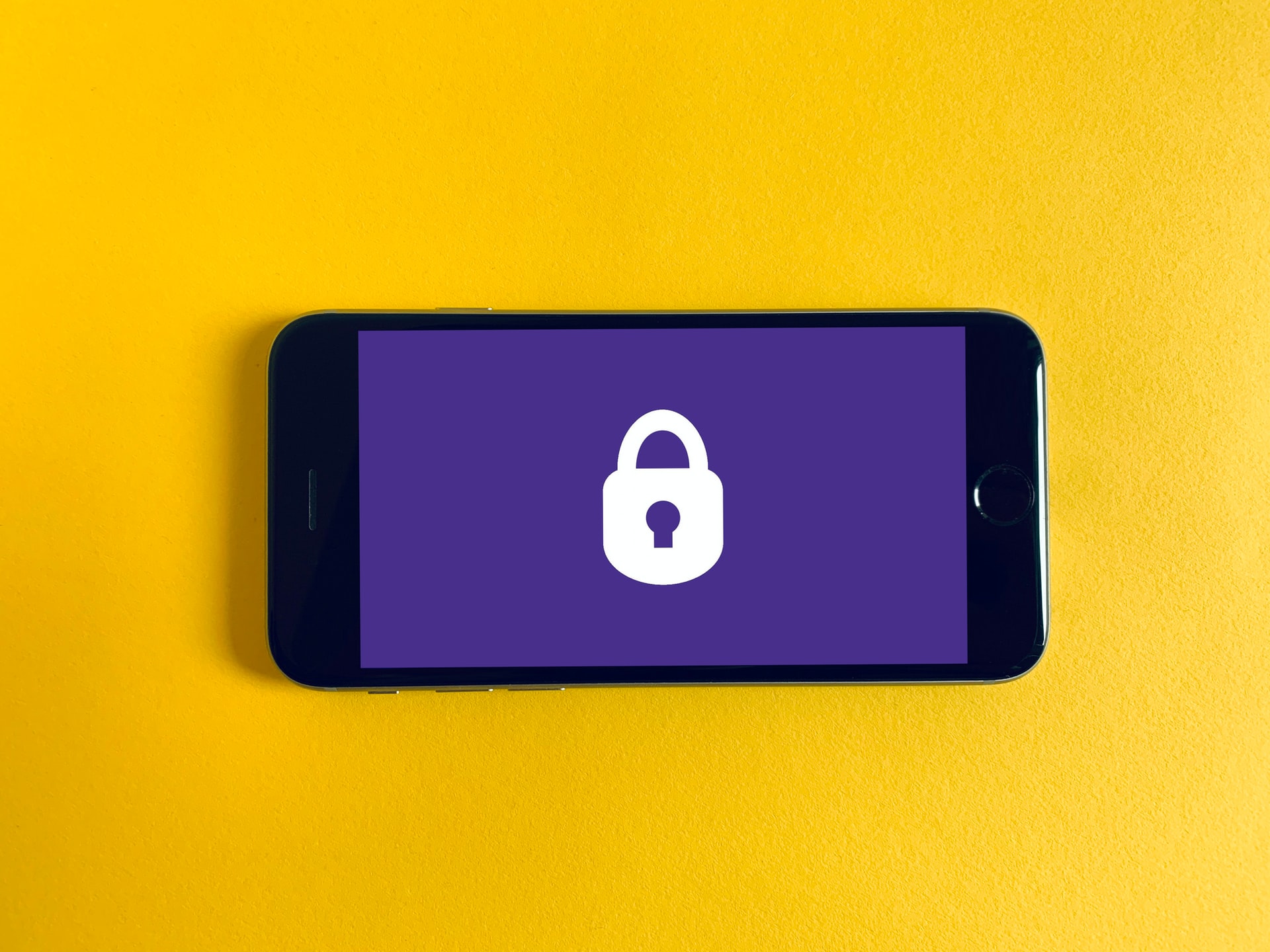
Yes, one of the benefits of two-factor authentication is that it is very secure. While no login method is completely foolproof, 2FA will ensure that your business and your customers are safer against data leaks and hacking attempts. If a hacker learns that you have two-factor authentication enabled, they’ll likely move on to an account that is easier prey, leaving your account secure.
Of course, hackers are always learning and advancing, so there is a possibility that they may eventually crack 2FA. The technology used to compromise accounts and data is always improving, and when all else fails, hackers use social engineering and scams to attempt to trick people into revealing their 2FA codes. For now, 2FA is an extremely secure authentication process that you should absolutely utilize as a business, and for all of the accounts, you use most often or need to keep secure.
Two-Factor Authentication Best Practices
Two-factor authentication is a great way to enhance the security and authentication practices you already provide. However, that doesn’t mean that two-factor authentication is a foolproof way to prevent cybercrime and commerce fraud. No matter what form of 2FA you’re using – whether it’s text messages, authenticator apps, or biometric methods – ensure that you’re personally following these 2FA best practices, or are educating your customers about them.
- Consider using a non-personal phone number for SMS 2FA authentication. It is possible for phone carriers to be tricked into changing account details by clever hackers. Consider setting up a dedicated Google Voice or another application-based number that you can keep and that cannot be changed by a phone carrier.
- Don’t use email-based account resets. It’s convenient to reset your accounts by email, but this method makes it very easy for a hacker to bypass other two-factor authentication procedures you’ve enabled, and gain access to your account by simply knowing what your username and password are.
- Utilize a combination of two-factor authentication methods for added benefits. Many accounts offer the option of more than one 2FA method for security, and the more 2FA methods you use, the more secure your accounts will be.
Take Data Protection to the Next Level with Unifonic
Equipped with knowledge surrounding what exactly two-factor authentication is, how it works, its many types, best practices, and the many benefits for your business and customers, you’re ready to step up your new security measures and offer the best possible online protection.
When you choose Unifonic for your two-factor authentication needs, you’re choosing a trusted provider with ever-evolving products to keep your customers safe as security challenges change. Our omnichannel approach allows your users to authenticate on whatever channel they prefer and is managed on one simple, single platform. Schedule your free demo today and begin offering your customers the very best of two-factor authentication.
Related articles
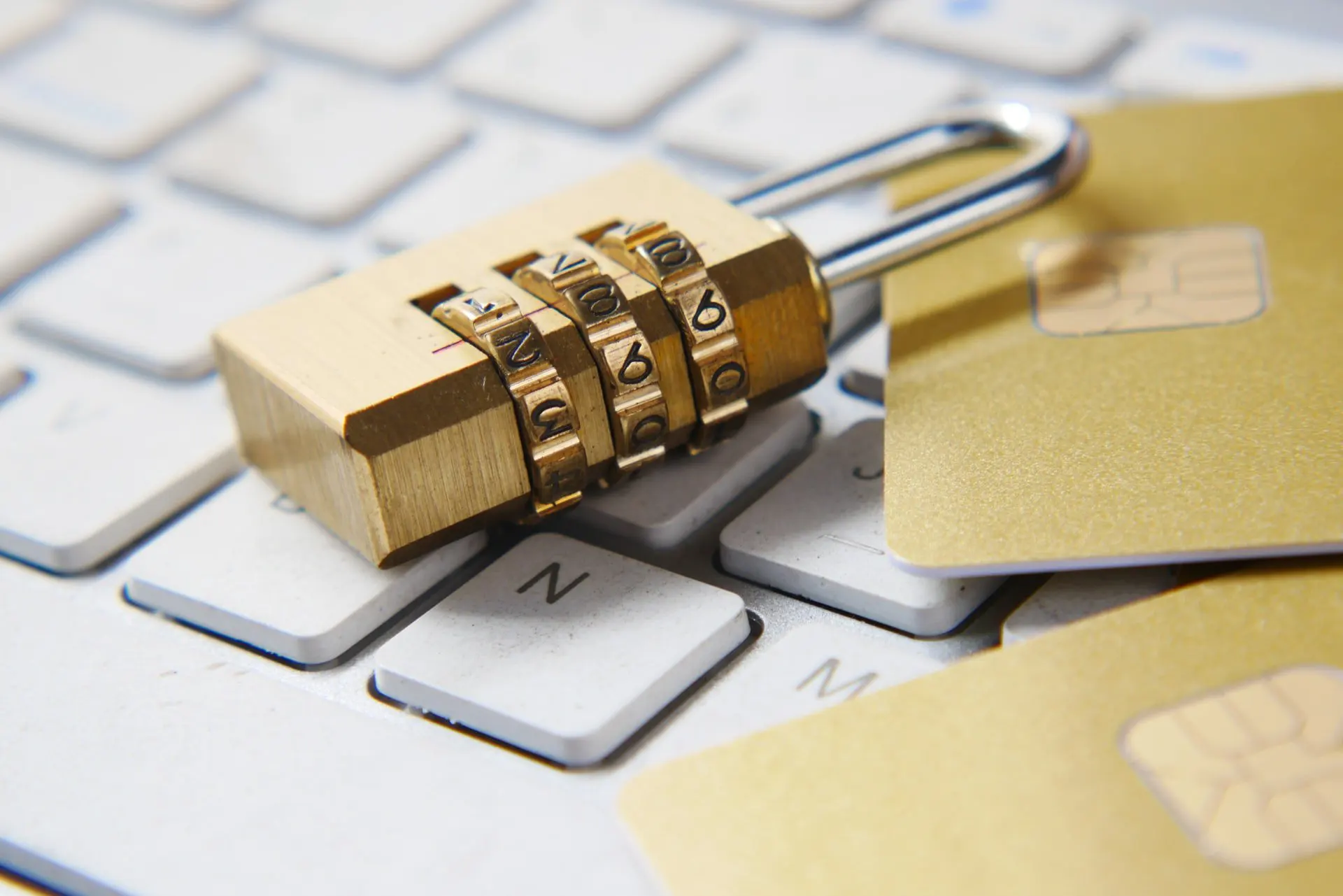
27 July 2022
What is a One-Time Password (OTP)?
Read more


